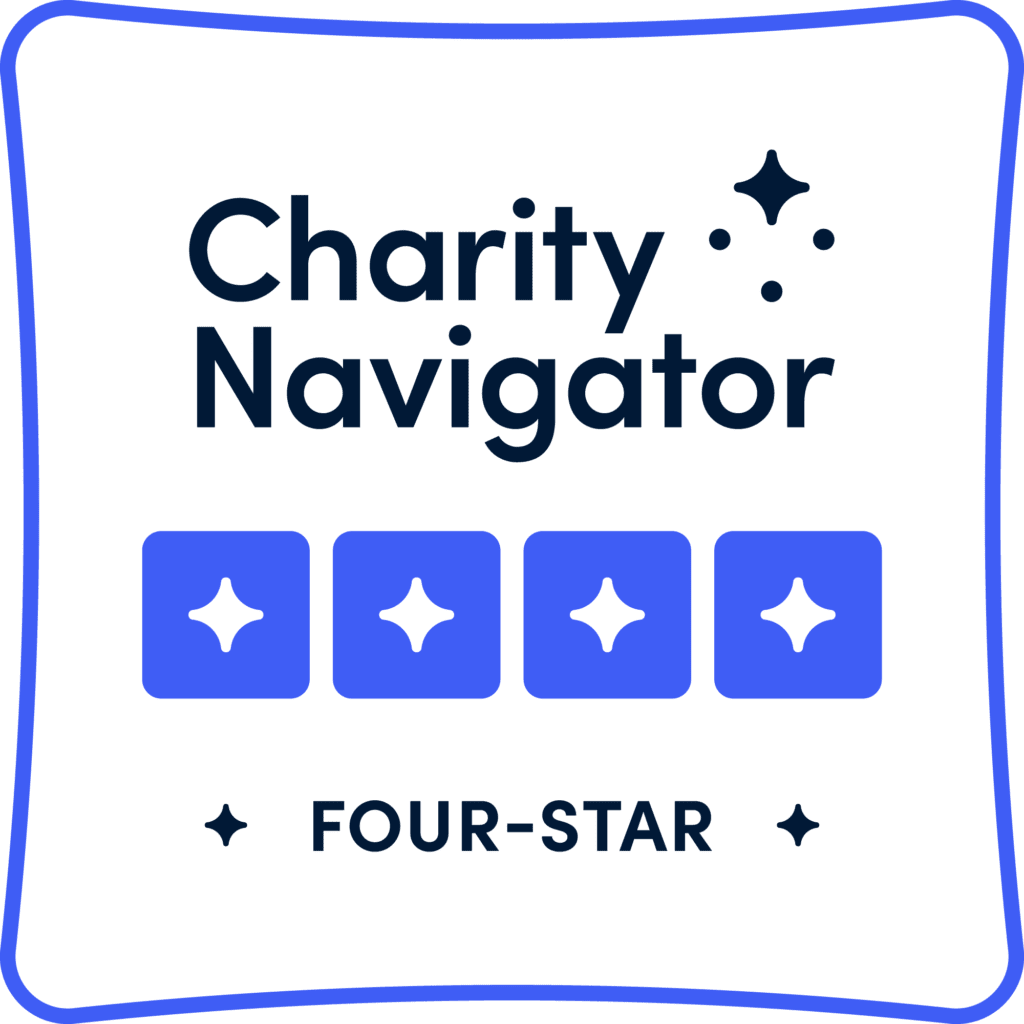Statement from Dan Ignaszewski, Executive Director of the National Alliance for Eye and Vision Research, on NEI Funding Amid Grant Freezes and Indirect Cuts
February 12, 2025
The National Eye Institute (NEI) plays a vital role in advancing vision research, supporting groundbreaking discoveries that prevent blindness, improve treatments, and enhance the quality of life for millions of Americans. The federal funding freeze that impacted several research grants around the country, and the proposed cuts to the National Institutes of Health (NIH) budget through the 15 percent indirect cap threatens not only the future of vision research but also the stability of an entire scientific ecosystem that fuels medical innovation, job creation, and public health.
Indirect rates are not fraud, waste, or abuse, they reflect the facilities and administrative costs to manage the grants and support the labs that conduct life-changing research throughout this country and the rates are approved by the federal government. We strongly urge the Administration and Congress to protect and strengthen NEI’s funding and rescind this arbitrary cap and ensure the funding freeze does not impact vision research.
Vision loss is expected to cost the U.S. economy nearly $200 billion in 2025 in direct medical expenses and lost productivity. Cutting funding now would not only stall progress in preventing and treating conditions like diabetic eye disease, macular degeneration, glaucoma, myopia, dry eye disease, and more, but also increase long-term healthcare costs.
NEI’s extramural research program supports investigators at universities and medical centers across the country, driving innovation and fostering the next generation of vision scientists. Its intramural research program conducts critical studies that serve as a foundation for private-sector advancements and new treatments. Freezes or reduction in funding jeopardizes this infrastructure, leading to fewer research grants, stalled clinical trials, and a potential loss of talented young scientists to other fields or countries.
These threats also risk the future pipelines for industry that supports drug development and approvals that reach patients and provide hope and stability in treating vision loss and vision-threatening conditions. Moreover, investing in vision research creates high-skilled jobs and supports the biomedical workforce. Every dollar spent on NIH research generates significant economic returns, not just in terms of scientific breakthroughs but in employment opportunities and industry growth. At a time when we should be doubling down on our commitment to scientific progress, funding cuts would set us back decades.
Adding to the concern, setting the NIH’s new limit at 15 percent of indirect research costs, underscores the rushed process behind a policy that was rolled out just hours before it was set to take effect. This lack of transparency and foresight risks destabilizing ongoing research efforts, particularly at institutions that rely on consistent and predictable funding.
We call on the Administration and Congress to reaffirm their commitment to vision research by ensuring robust and sustained funding for the NEI. Maintaining the NEI as an independent institute and protecting NEI’s budget is not just an investment in science—it’s an investment in the health, well-being, and economic stability of our nation. The cost of inaction is too great.


